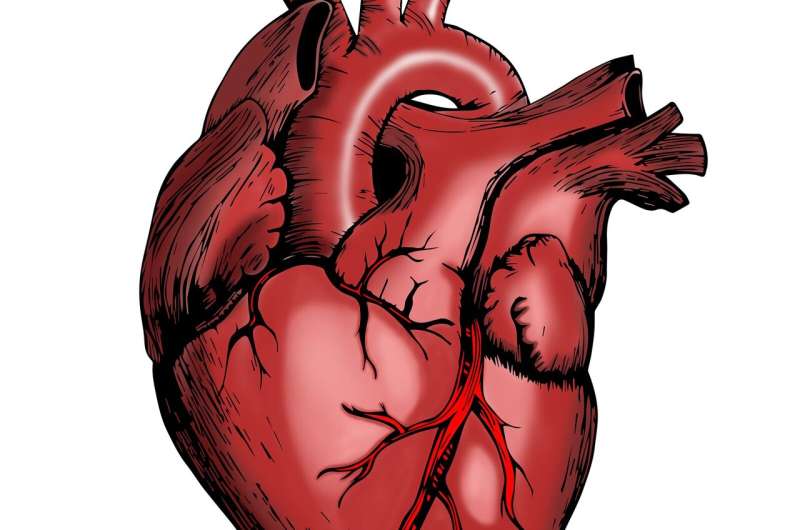Understanding the Causes and Potential Treatments for Heart Defects in Noonan Syndrome

Recent Yale research uncovers the molecular mechanisms behind heart defects in Noonan syndrome and highlights a promising drug that could offer new treatment options for affected children.
Noonan syndrome with multiple lentigines (NSML) is an uncommon genetic disorder characterized by features such as short stature, distinctive facial appearances, and dark skin spots called lentigines. However, the most dangerous aspect of NSML is its propensity to cause hypertrophic cardiomyopathy—a severe thickening of the heart muscle—whose underlying mechanisms have remained unclear.
Recent research from Yale School of Medicine has advanced our understanding of how specific genetic mutations lead to this heart complication and has identified a promising therapeutic option. The study, published in the Proceedings of the National Academy of Sciences, reveals that mutations in the gene coding for the enzyme SHP2 play a pivotal role. Unlike prior assumptions that reduced enzymatic activity drove the disease, Yale scientists discovered that the problem lies in SHP2 acting as a scaffold, recruiting other proteins such as c-Src to initiate abnormal signaling cascades.
This abnormal signaling elevates key transcription factors that interfere with normal heart development, leading to a decline in BMP10, a protein essential for healthy heart muscle formation. Interestingly, the research highlighted that a leukemia drug called dasatinib, which inhibits c-Src activity, can restore BMP10 levels and prevent heart muscle thickening in animal models at very low doses.
The implications are significant: repurposing existing drugs like dasatinib could pave the way for effective treatments for children with NSML, who often face life-threatening heart failure early in life due to hypertrophic cardiomyopathy. This discovery offers new hope for targeted therapy that addresses the genetic and molecular roots of the condition.
Dr. Sravan Perla, the lead researcher, emphasized the importance of this breakthrough, stating that the path from gene to heart function has been clearly mapped, increasing confidence that such strategies can benefit patients in clinical settings. Future clinical trials will be essential to determine the safety and effectiveness of this approach in humans, potentially leading to a life-saving treatment for those affected by Noonan syndrome-related heart defects.
Source: https://medicalxpress.com/news/2025-09-uncovering-drivers-treatment-noonan-syndrome.html
Stay Updated with Mia's Feed
Get the latest health & wellness insights delivered straight to your inbox.
Related Articles
Mattel Introduces Barbie with Diabetes Management Accessories to Reflect Real-Life Experiences
Mattel has launched a groundbreaking Barbie doll equipped with insulin pumps and glucose monitors, promoting awareness and inclusivity for children with type 1 diabetes.
Addressing Endometriosis in Working Women: A Path Toward Better Workplace Support
Legislative reforms are paving the way for better workplace support for women with endometriosis, promoting flexible work policies and gender equality to improve health and productivity.
New Insights into Tick Antiviral Defenses Could Lead to Better Control of Deadly Fever Virus
Recent research uncovers how ticks actively combat deadly viruses, revealing new targets to prevent disease transmission. Discover how natural antiviral proteins in ticks could help stop the spread of severe fever viruses.



